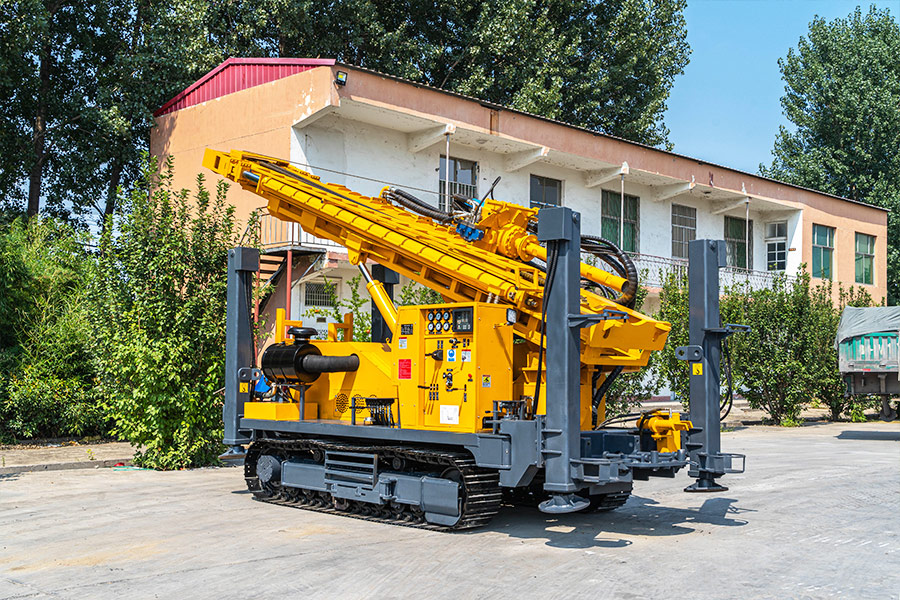Click to view more models and details

Here are some key factors to consider when choosing the right pneumatic drill for your needs:
1. Understanding Your Drilling Needs
Material Type: The type of material you will be drilling into is crucial. Different materials require different drilling speeds and torque. For instance,
harder materials like concrete or metal need more powerful drills with higher torque, while softer materials like wood or plastic require less power.
Hole Size and Depth: The size and depth of the holes you need to drill will determine the type of drill bit and the power of the drill. Larger and deeper
holes require more powerful drills with longer and more robust drill bits.
2. Power and Performance
Air Pressure and Volume: Pneumatic drills operate using compressed air, so it's essential to consider the air pressure and volume requirements. Ensure
your air compressor can provide the necessary air pressure (measured in PSI) and volume (measured in CFM) to operate the drill effectively.
Drilling Speed: Different applications require different drilling speeds. Variable speed settings allow for greater control and precision, especially when
working with delicate materials.
3. Ergonomics and Comfort
Weight and Balance: A well-balanced and lightweight drill reduces operator fatigue and increases productivity, especially for extended use.
Handle Design: Comfortable, ergonomic handles with anti-vibration features can significantly improve the user experience, reducing strain and the
risk of repetitive stress injuries.
4. Durability and Maintenance
Build Quality: Look for drills made from high-quality materials that can withstand heavy use and harsh conditions. Durable drills tend to have a longer
lifespan and require less frequent replacements.
Ease of Maintenance: Regular maintenance is essential for pneumatic drills. Choose models that are easy to disassemble and clean, and consider the
availability of replacement parts.
5. Safety Features
Automatic Shut-Off: Some pneumatic drills come with an automatic shut-off feature that stops the drill when it reaches a certain torque level, preventing
overdrilling and potential damage to the material.
Safety Triggers: Safety triggers prevent accidental starts, ensuring that the drill only operates when intended.
6. Budget Considerations
Cost vs. Quality: While it's tempting to go for the cheapest option, investing in a high-quality pneumatic drill can save you money in the long run by
reducing downtime and maintenance costs.
Warranty and Support: Check the warranty and support options provided by the manufacturer. A good warranty can provide peace of mind and
protect your investment.
Conclusion